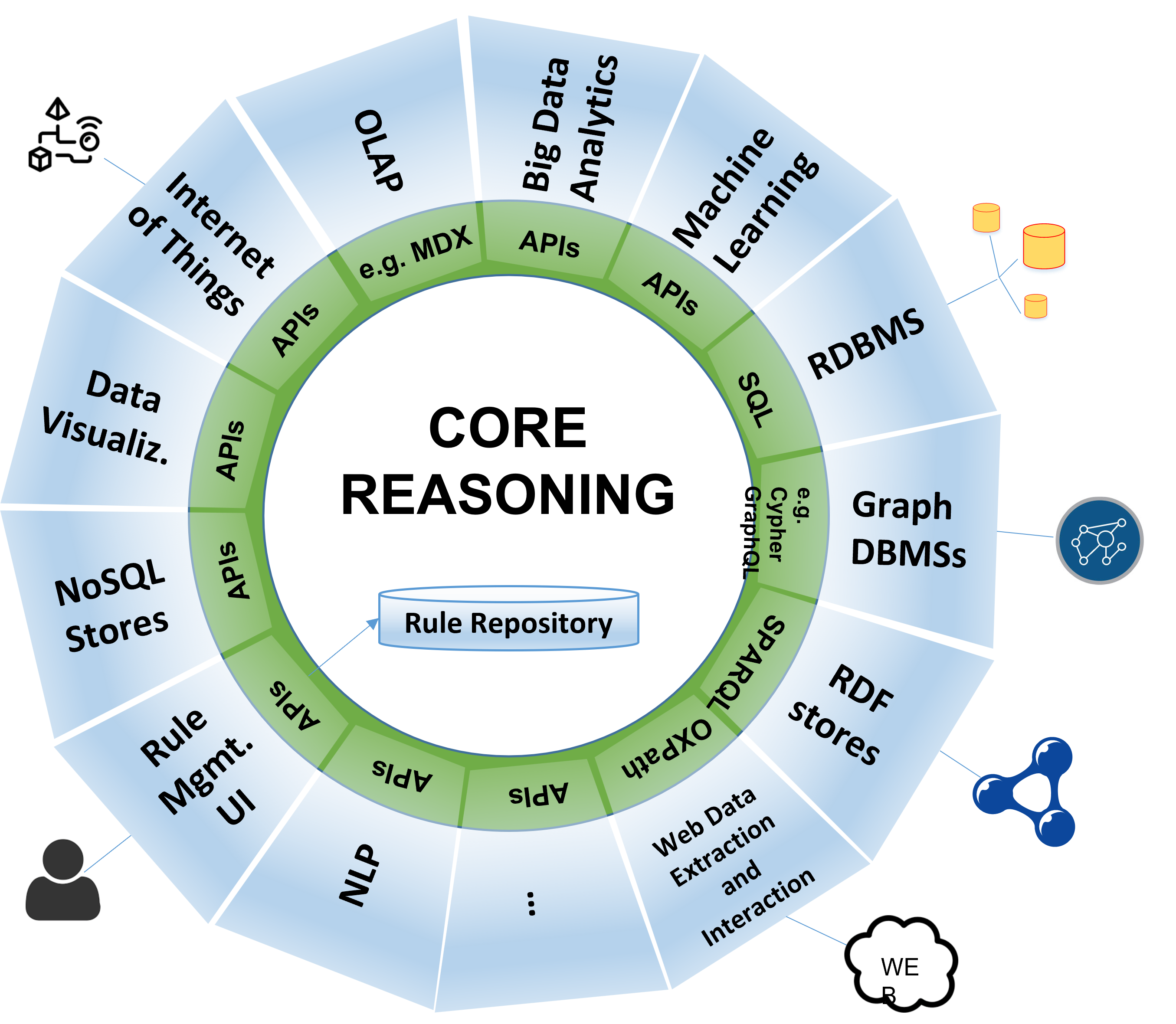AI Forgery of Receipts: How to Protect Your Company from Fraud?
Rise of AI-Powered Fake Expense Receipt Fraud

Fraudulent activities targeting companies by employees exploiting AI technologies to create fake expense receipts are on the rise. While receipt fraud is not a new phenomenon, these practices have become more accessible and sophisticated thanks to advanced technologies. The launch of new image generation models by major AI companies like OpenAI and Google has led to a significant increase in the number of fake receipts submitted within companies.
Increasing Statistics and Impact on Companies

AppZen, a leader in expense management software, reported that AI-generated fake receipts accounted for approximately 14% of fraudulent documents submitted in September, a significant increase compared to none last year. Ramp, a financial technology group, also stated that its new software detected over one million dollars in fraudulent invoices within 90 days.
In a survey conducted by expense management platform Medius, approximately 30% of financial professionals in the US and UK reported noticing an increase in forged receipts after OpenAI's GPT-4o model was launched last year. Chris Juneau, Senior Vice President and Head of Product Marketing at SAP Concur, one of the world's leading expense platforms which processes over 80 million compliance checks monthly using AI, said: "These receipts are so good, we tell our clients, 'Don't trust your eyes.'"
Ease of Creation and Realism of Fake Receipts
Simple Text
AI Generation
Realistic Receipt
Many platforms attributed the significant increase in AI-generated receipts to OpenAI's launch of the enhanced GPT-4o image generation model in March. OpenAI told the Financial Times that it takes action when its policies are violated, and that its images contain metadata indicating they were generated by ChatGPT.
Creating fraudulent documents previously required image editing skills or paying for such services online. But with the advent of free and easy-to-use image generation software, employees can quickly forge receipts in seconds by simply typing text prompts to chatbots.

Expense management platforms demonstrated to the Financial Times several receipts illustrating the realistic nature of the images, which included wrinkles in the paper, intricate details matching real restaurant menus, and signatures. Sebastian Marchon, CEO of Rydoo, an expense management platform, said: "This is not a future threat; it's already happening. While only a small percentage of non-compliant receipts are currently generated by AI, this number will only increase."
Detection Challenges and AI Solutions
- Difficulty of Human Detection
- Easy Metadata Removal
- Millions of Dollars in Fraud
- AI for Detection
- Contextual Information Analysis
- Overcoming Human Vision Limitations
This surge in more realistic copies has pushed companies to turn to AI for help in detecting fake receipts, as most are too convincing to be spotted by human reviewers. This software works by scanning receipts for image metadata to detect if an AI platform created them. However, users can easily remove this data by taking a photo or screenshot of the image.
To combat this, this software considers other contextual information by examining details such as repetition in server names, times, and broader information about the employee's journey. Calvin Lee, Senior Director of Product Management at Ramp, added: "Technology can look at everything with a high level of focus and attention, whereas humans, after a while, miss things, they're human."
Research conducted by SAP in July found that nearly 70% of finance managers believe their employees are using AI to attempt to forge travel expenses or receipts, with about 10% adding that they are certain it is happening in their companies.
Mason Wilder, research director at the Association of Certified Fraud Examiners, said that AI-generated fraudulent receipts represent "a huge problem for organizations." He added: "There is no barrier to entry for people to do this. You don't need any kind of technological skill or capability as you might have needed five years ago with Photoshop."
The Difference Between AI-Generated Fake Receipts and Traditional Receipts
Traditional Receipts
- Manual editing skills (e.g., Photoshop)
- Cost or outsourcing services
- Relatively easier for reviewers to detect
AI Receipts
- Instant generation with simple text commands
- Free and easy to use for everyone
- Highly realistic and convincing (difficult to detect)
AI-generated fake receipts are defined as forged documents created using AI tools to mimic legitimate expense documents, allowing employees to claim undeserved reimbursements BitcoinEthereumNews.com (2025-10-27). Before the advent of AI, receipt fraud required either manual image editing skills or outsourcing services to create fake documents. Now, AI tools have removed these barriers, allowing anyone, even without technical skills, to produce astonishingly realistic receipts in seconds using simple text commands TechRadar (2025-10-27). These new receipts are so convincing that they can deceive human reviewers and even traditional OCR-based detection systems TechFinitive (2025-10-24).
